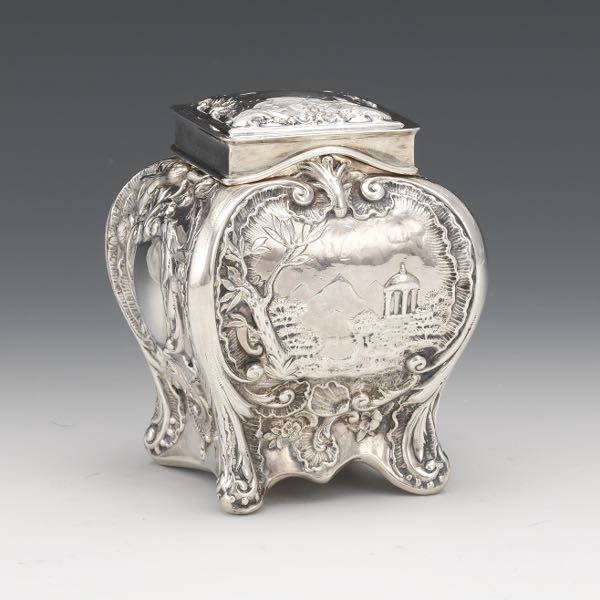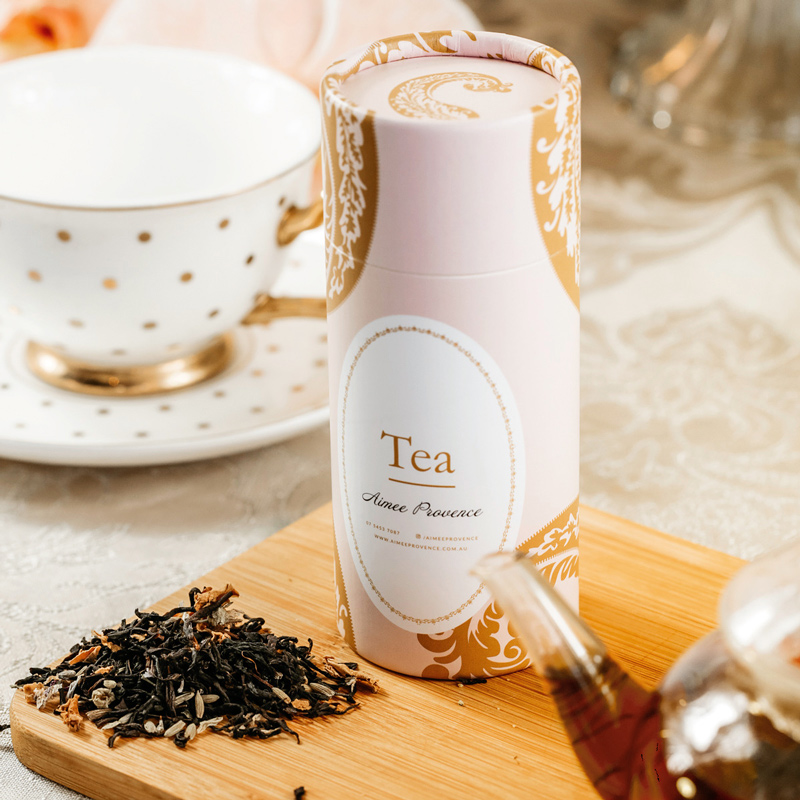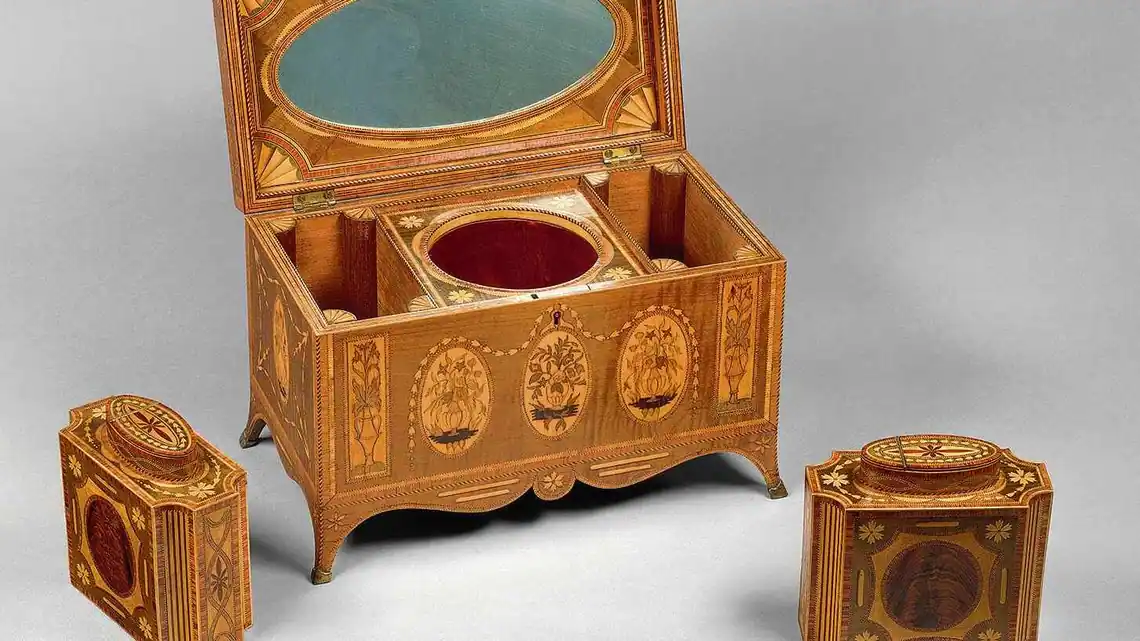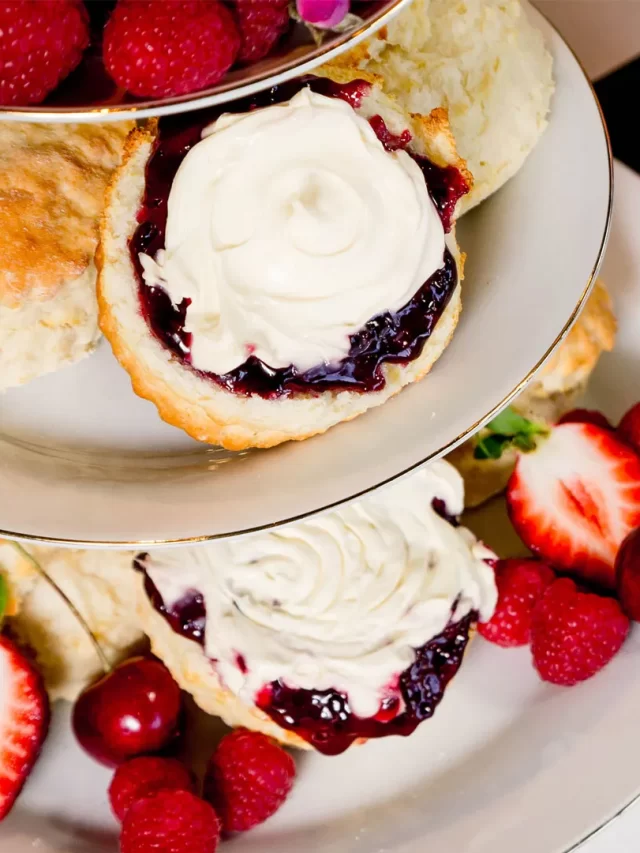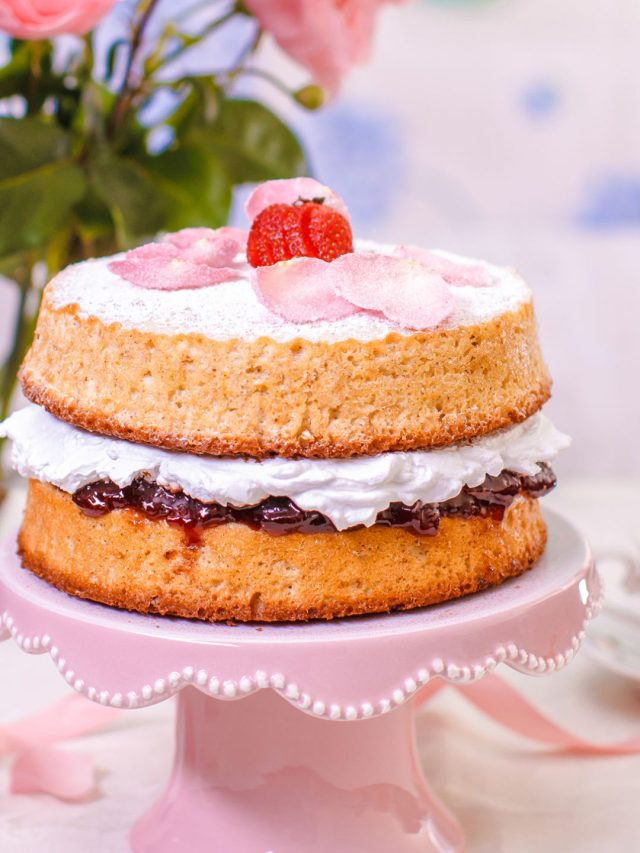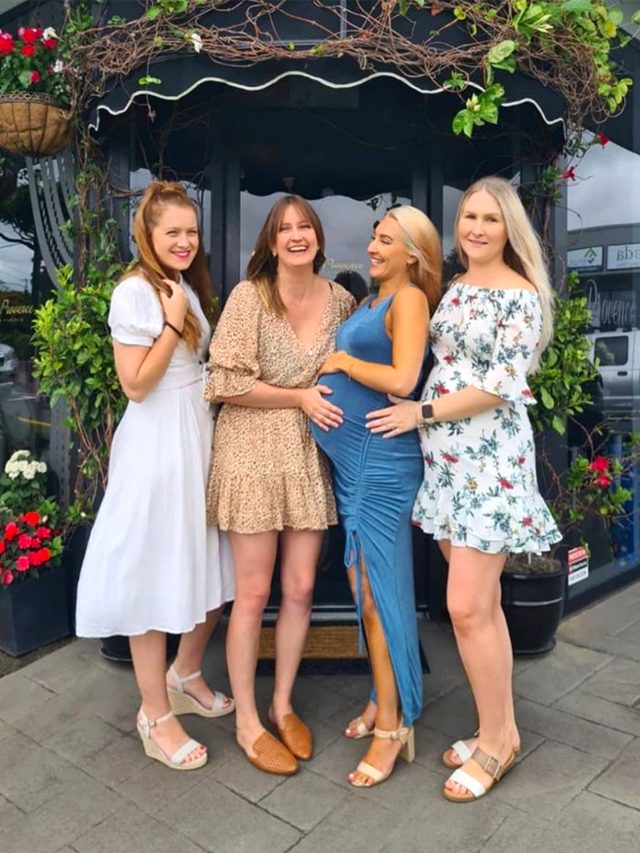The History Of The Tea Caddy
“Tea is the magic key to the vault where my brain is kept”.
Frances Hardinge
That’s true for many of us; there’s something about a good cup of tea that is both comforting and refreshing at the same time. But did you know that tea itself was once so valuable that it was actually kept under lock and key? Let’s wind the clock back a few hundred years and follow the story of the tea caddy from its origins, right through to today.
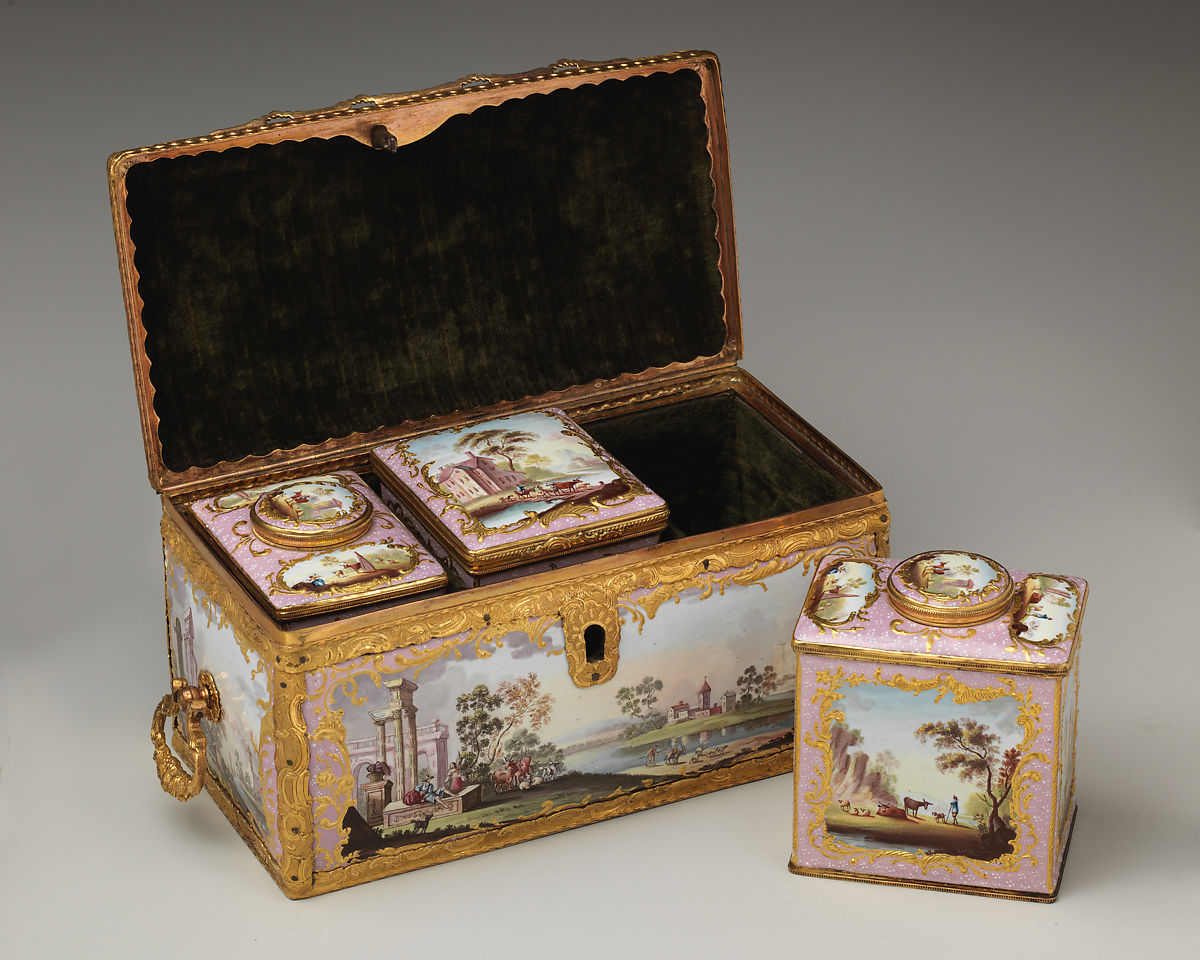
1770 Tea Caddy Containing two canisters for tea (green and black) and a larger one for sugar, this chest could be locked to secure its valuable contents
Why was tea so expensive?
To begin with, it had to be imported from China and the Chinese government restricted access to foreign traders so tea was difficult to obtain. Once purchased, it had to be transported from China by sailing ship and journey by sea could be long and risky. At the start of the 1700s, less than seventy pounds of tea arrived in England. So tea was a pretty rare and precious product. With a keen eye for an opportunity, the British government imposed high import duties on tea arriving at British ports. With all that in mind, it’s not hard to see why those who could afford tea, kept it under lock and key in specially-designed containers, called caddies, to keep it fresh and protect it from theft.
Even so, the European demand for tea continued to rise. By 1730 around a million pounds arrived and by the end of the century that had risen to almost twenty million! Those are the official numbers anyway. Given the money involved in the tea trade, a flourishing black market trade soon sprang up.
What were the first tea caddies like?
Before answering that question, it’s worth noting that the name caddy is a Western mispronunciation of the Chinese (or Malaysian, depending on which source you read) word for the weight by which tea was measured and sold: catti. (A catti was roughly 600g or 1.4 lb).
To start with blue and white porcelain caddies were imported with tea, and dishes. Known simply as containers, they were similar to ginger jars. Before long English craftsmen like Chippendale and hopple White were being commissioned to design and make lockable containers from materials like pewter, copper, silver and tortoiseshell. During the Georgian and Regency periods, silver was the preferred material but most enduringly popular remain the woods such as rosewood and mahogany. But whatever the caddy was made of the key was firmly in the possession of the lady of the house.
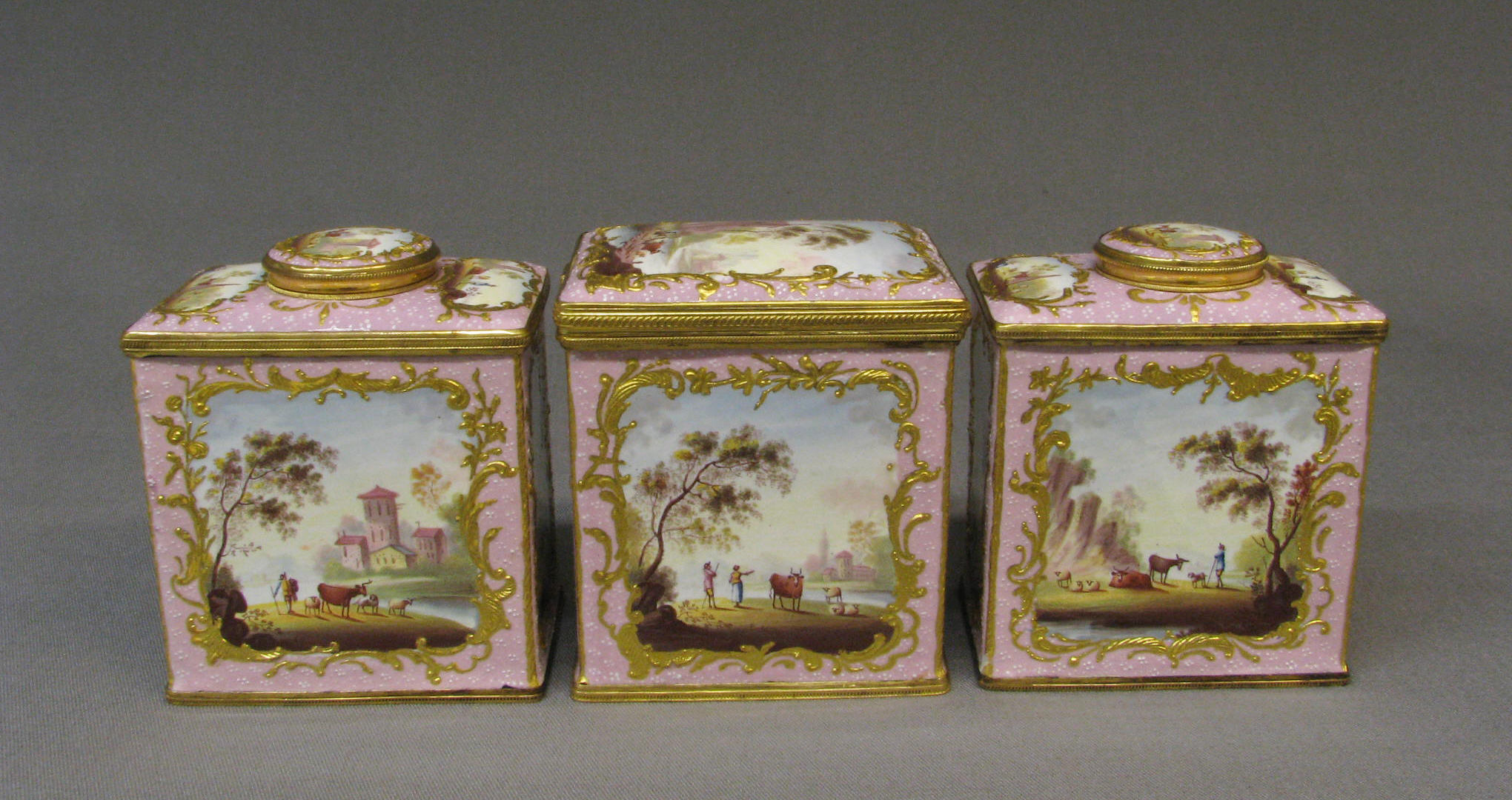
Tea caddy 1770
Tea Caddies today
A caddy or air-tight container is still the best way to keep your tea fresh. That’s why merchants like the famous Twinings of London still sell tea in tins. It’s also why our own luxurious tea blends are presented in pretty containers; preserving their freshness, colour and aroma so you can enjoy a flavoursome cup with family, friends and loved ones.
Tea caddies are also highly collectable and there are so many styles to choose from. If you’re interested in starting a collection it’s probably a good idea to do a bit on research online to find a style or material you love and would like to specialise in.
Next time you find yourself sipping a lovely cup of tea whether here in your elegant Parlour or at home with your feet up in front of the TV, we hope you take just a moment to think of all the history that’s gone into your very own cup of precious tea.
